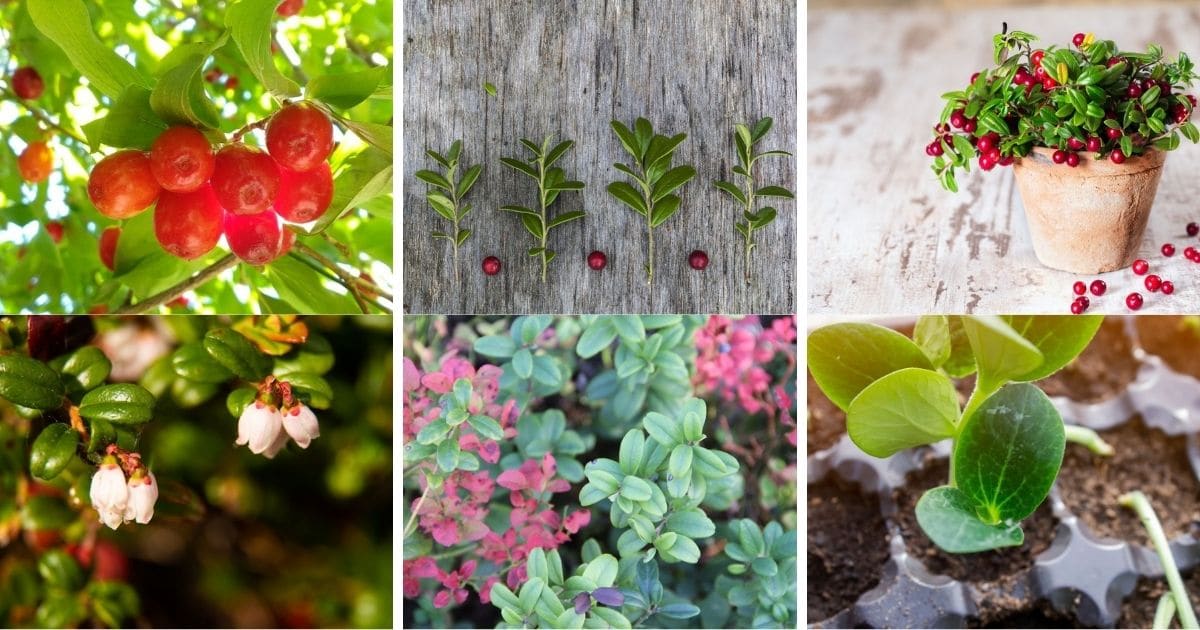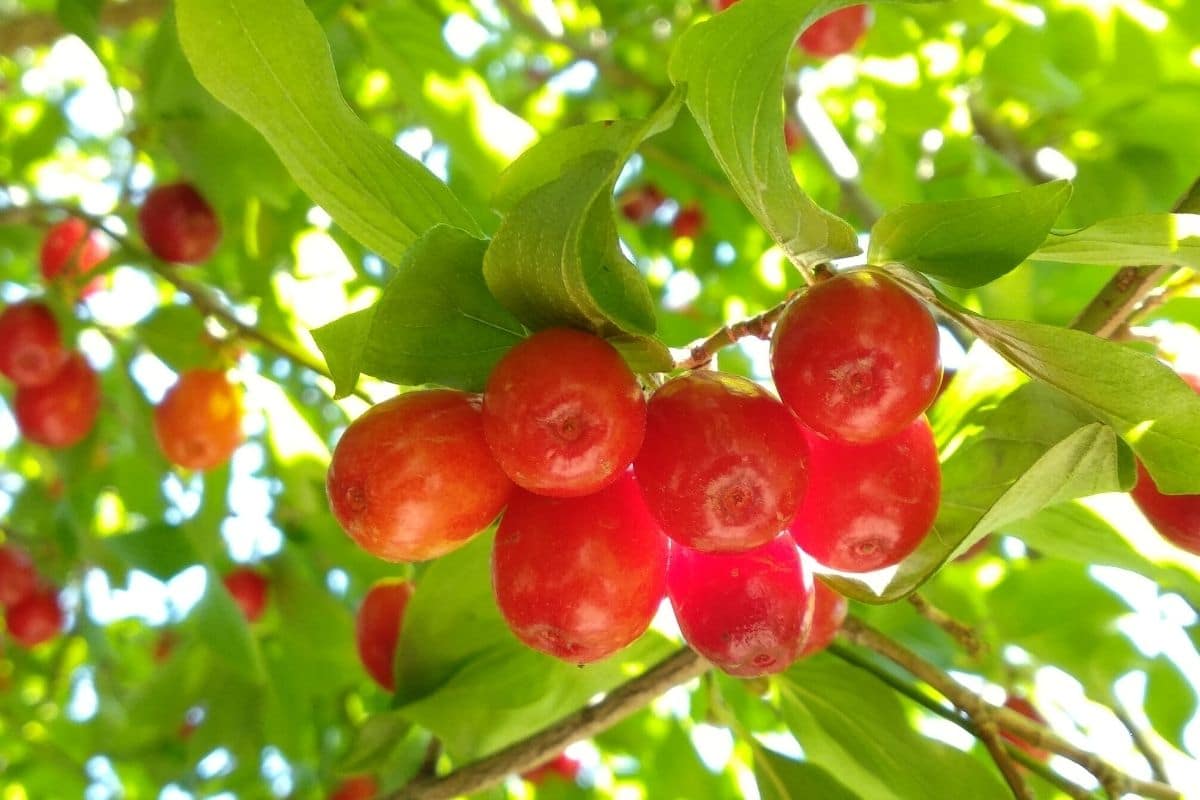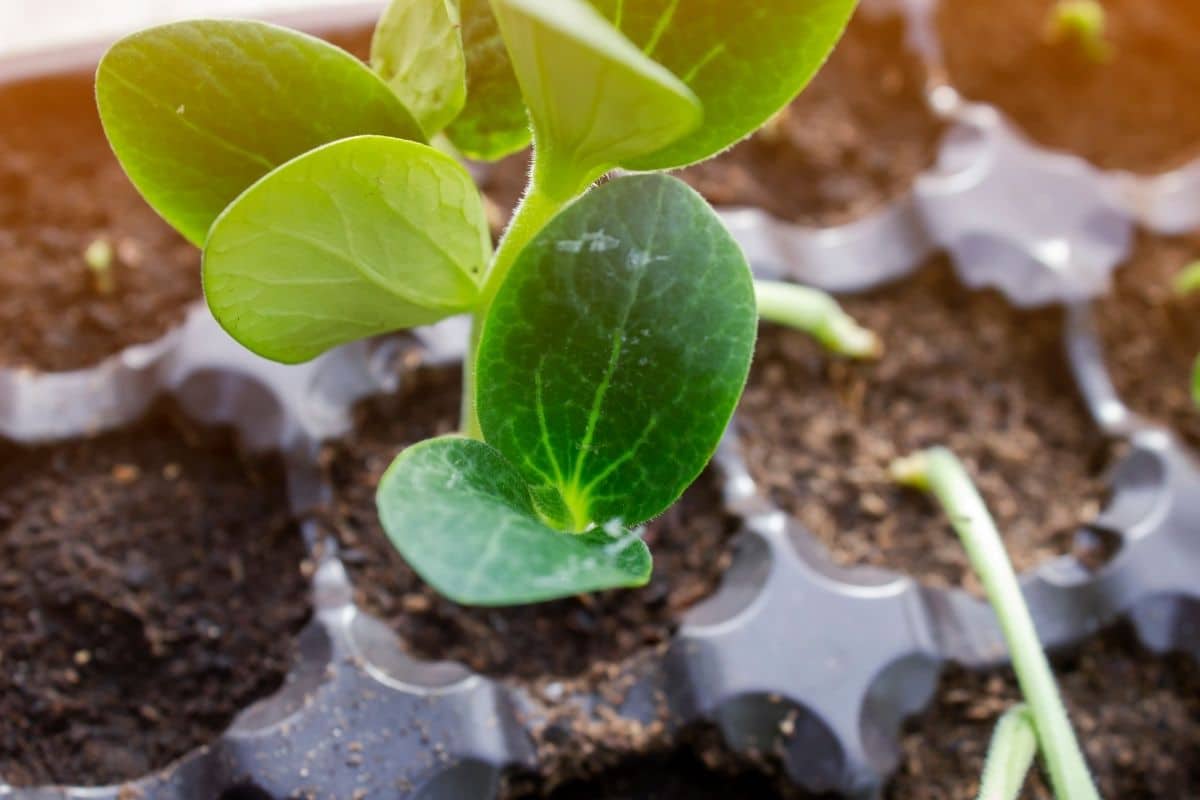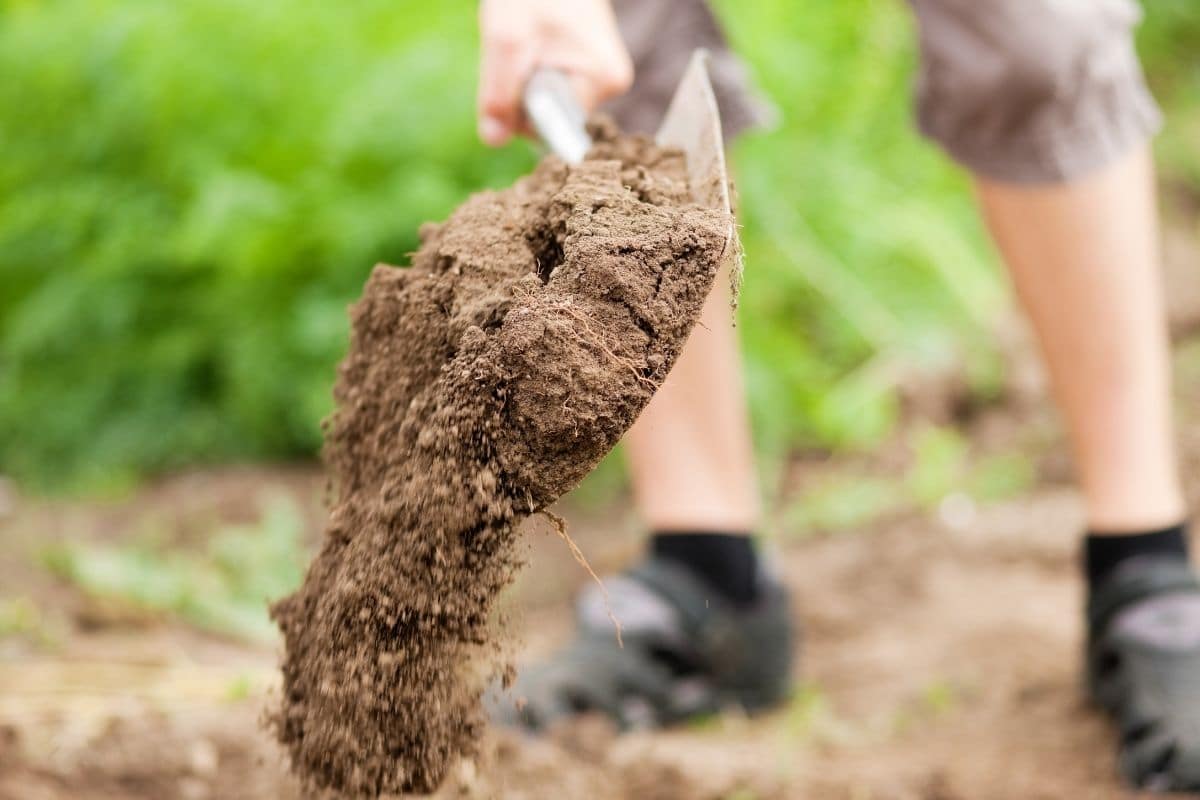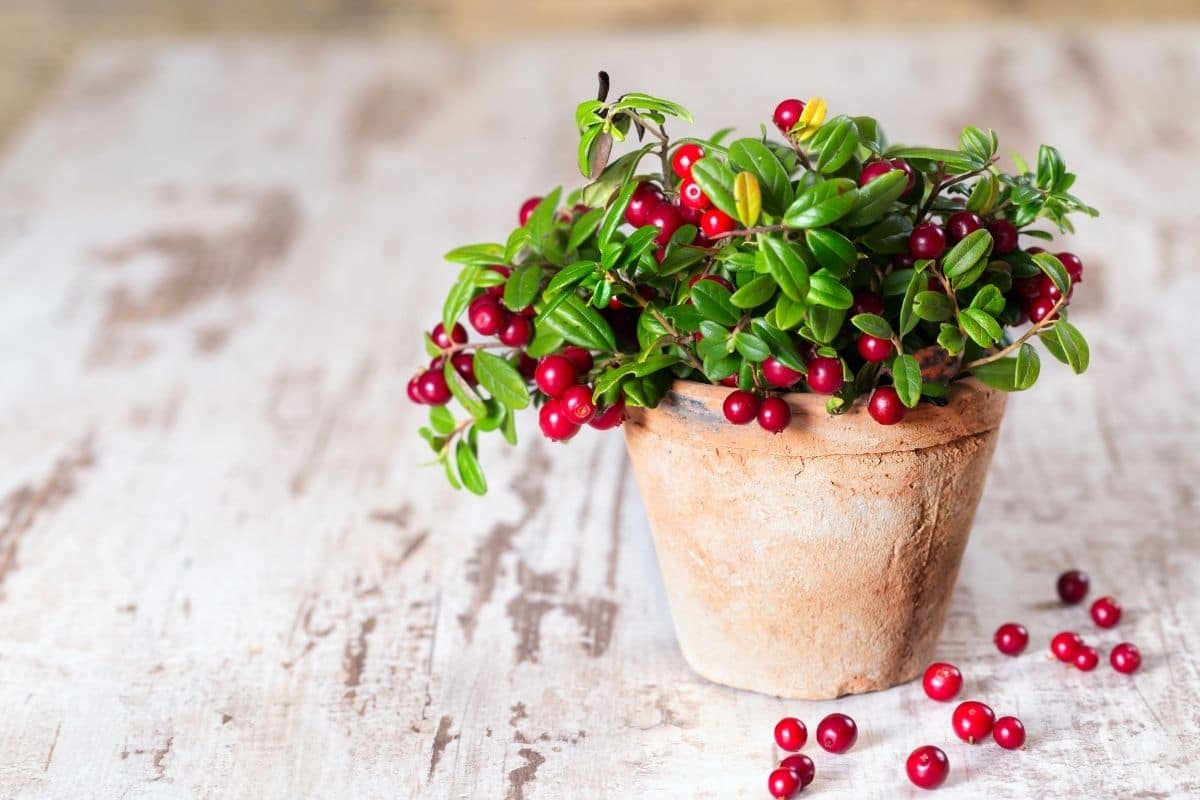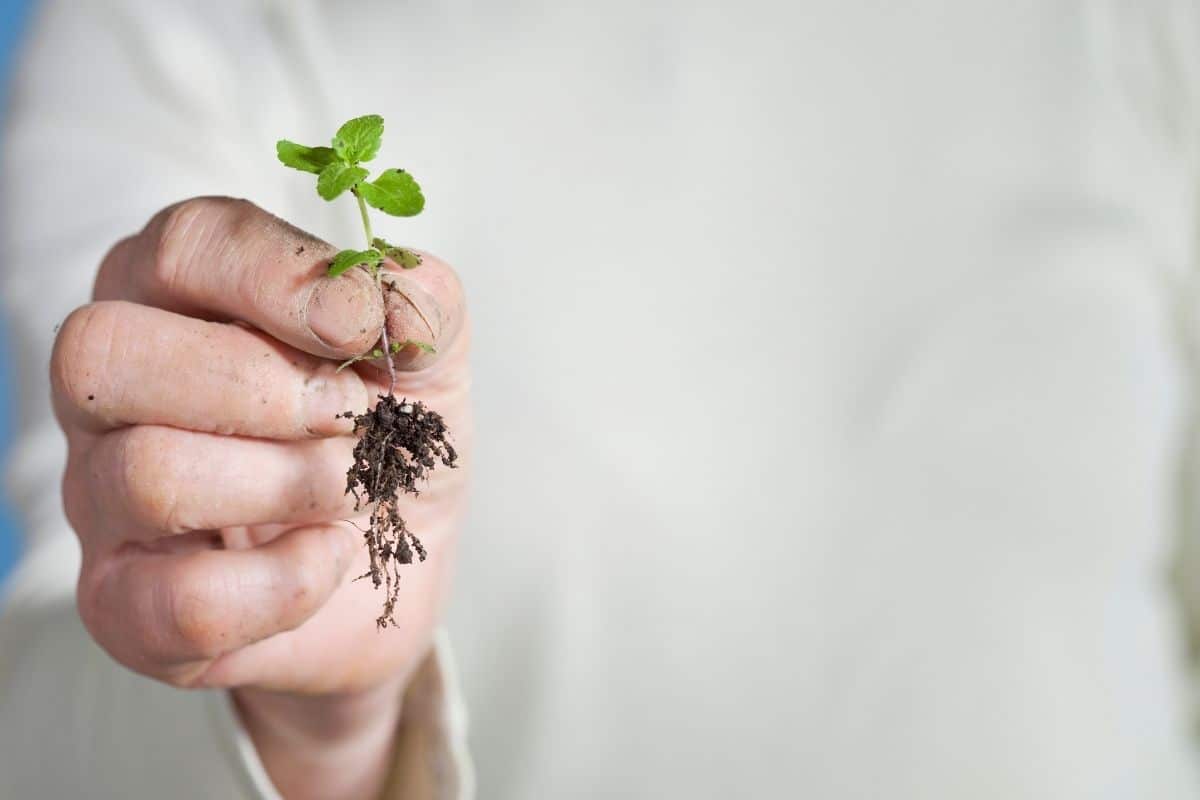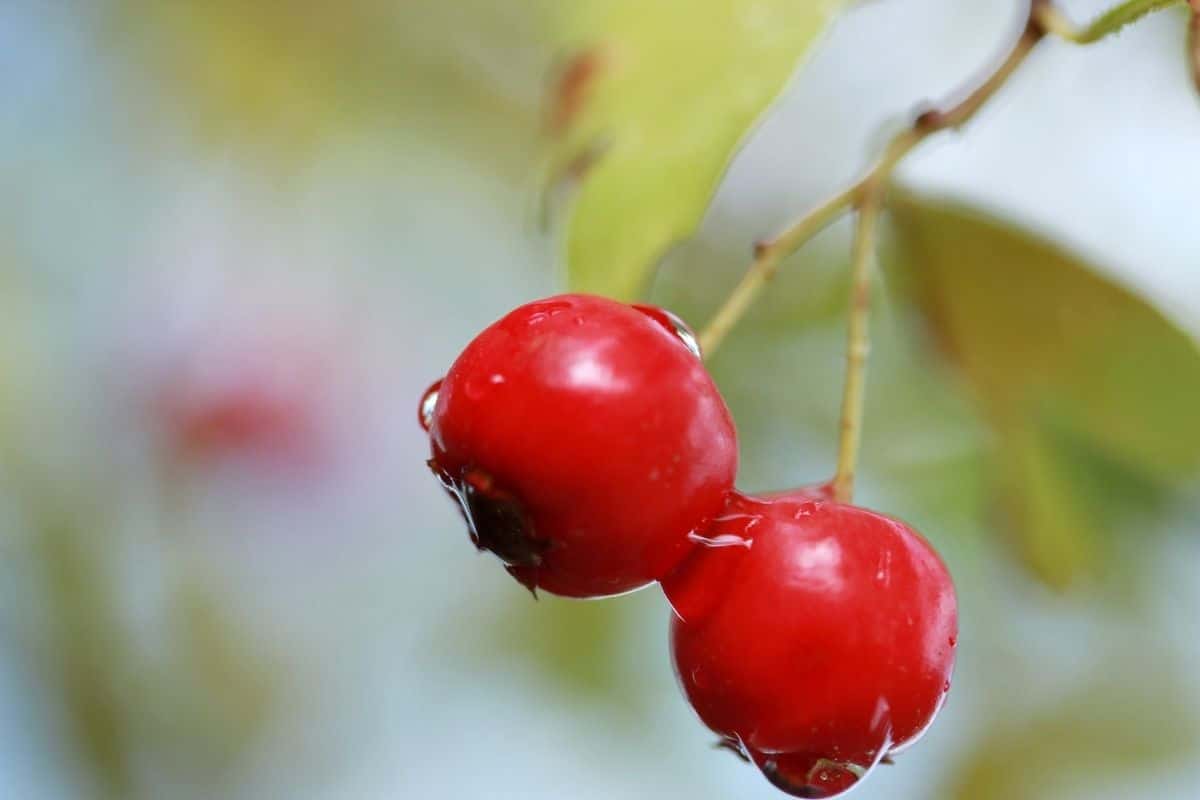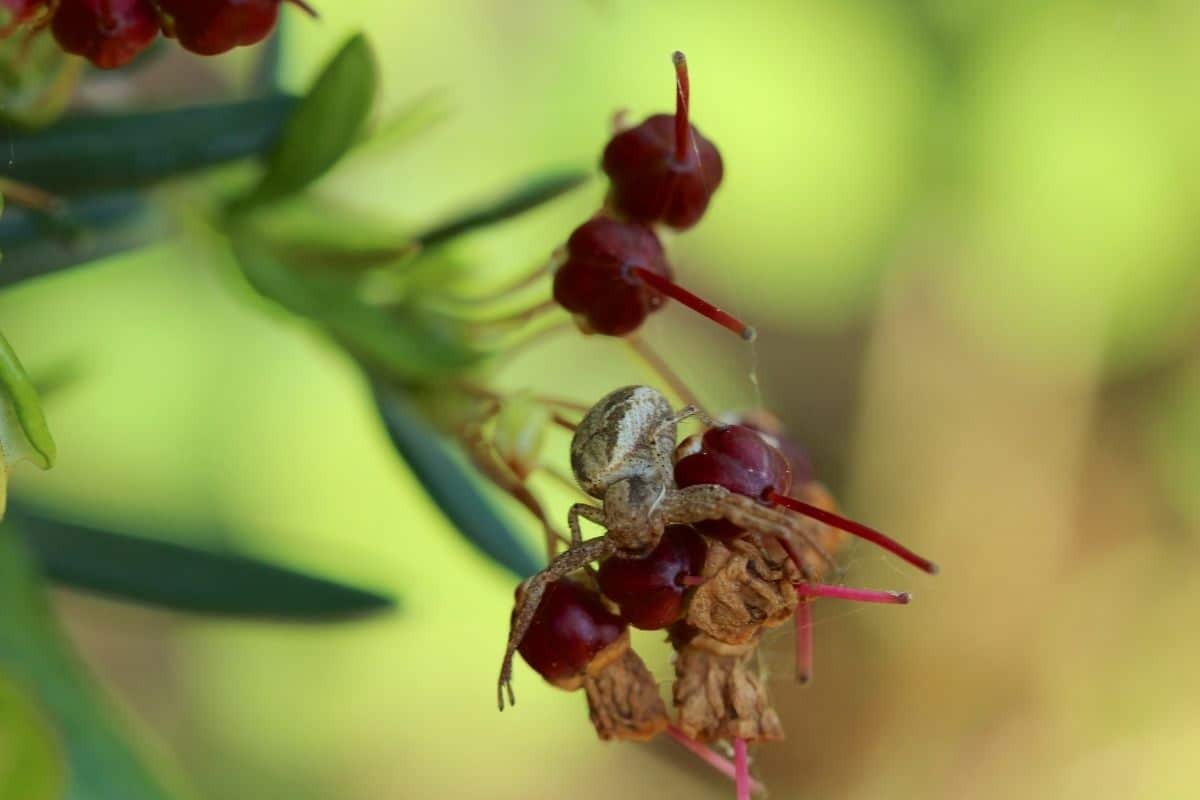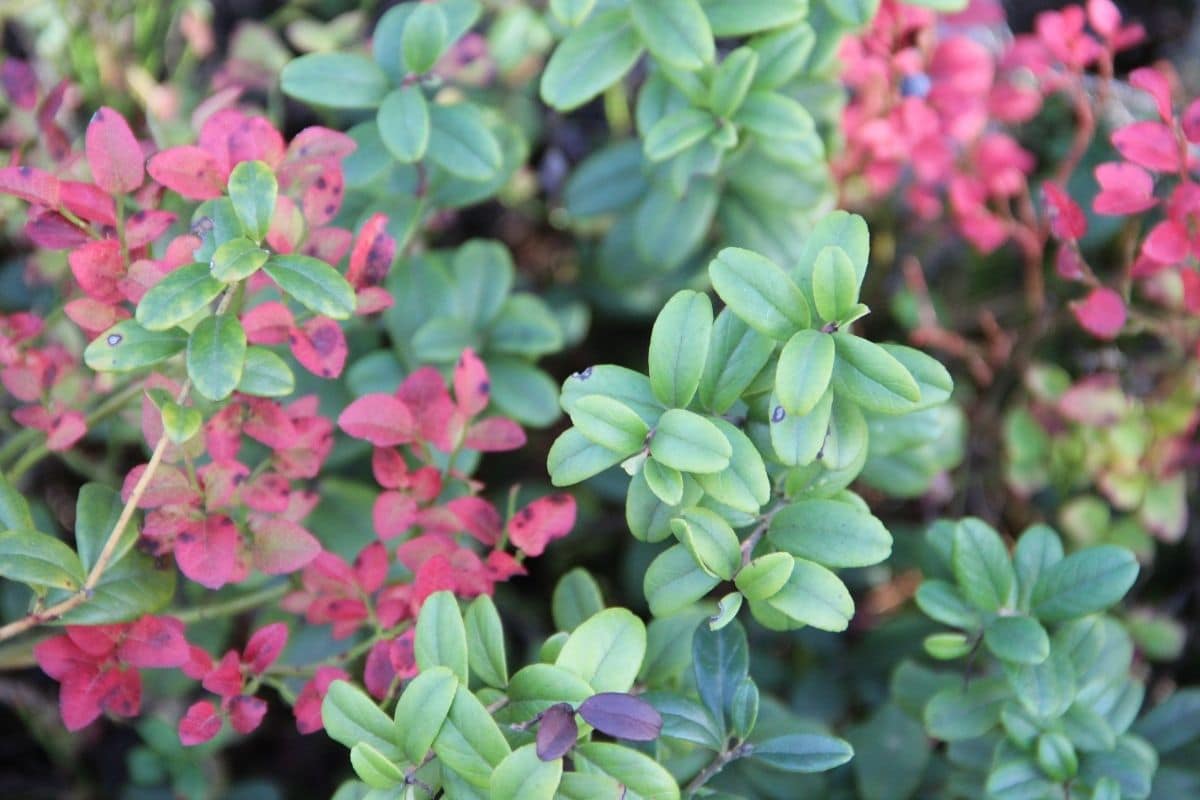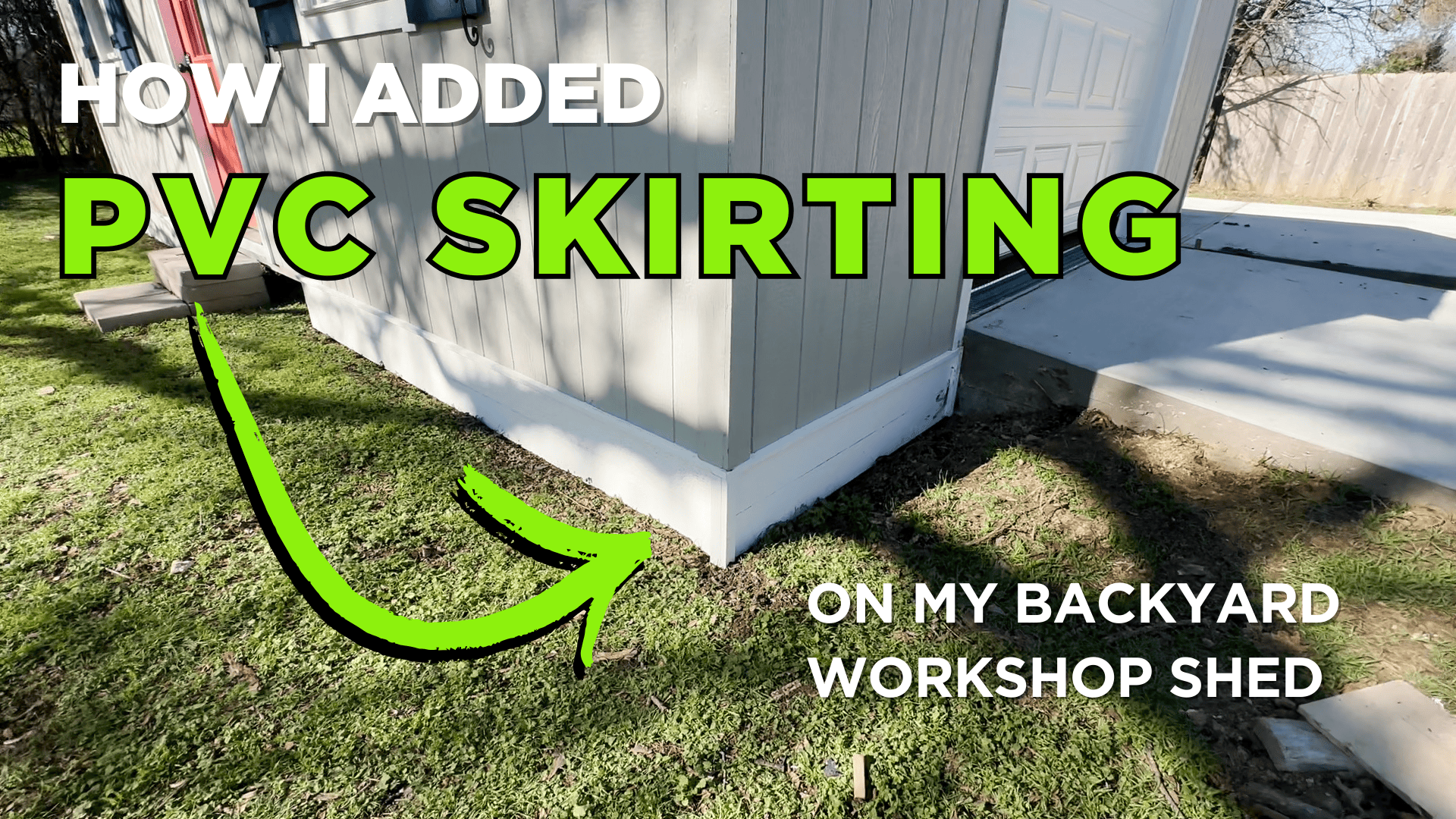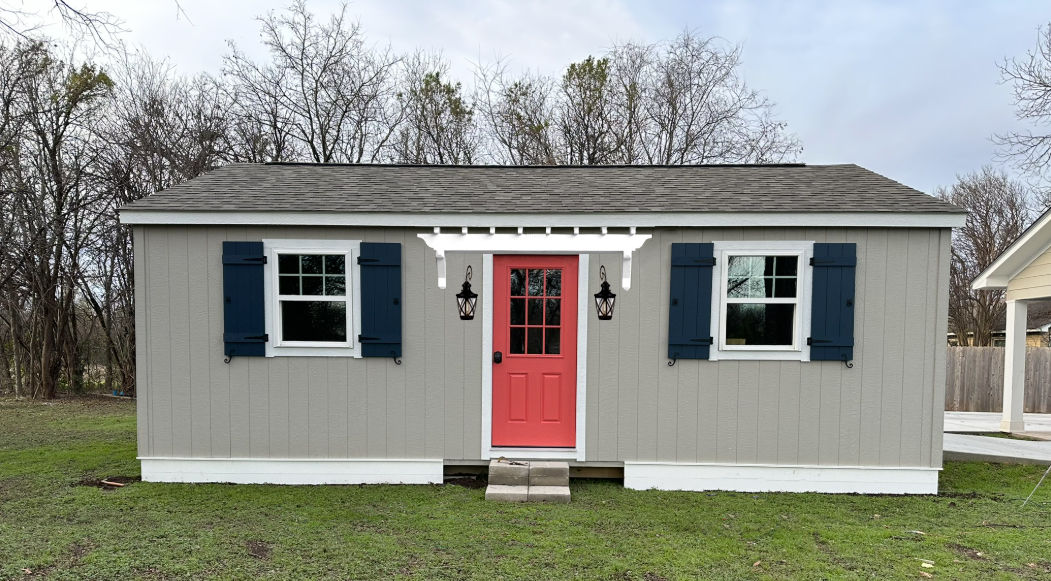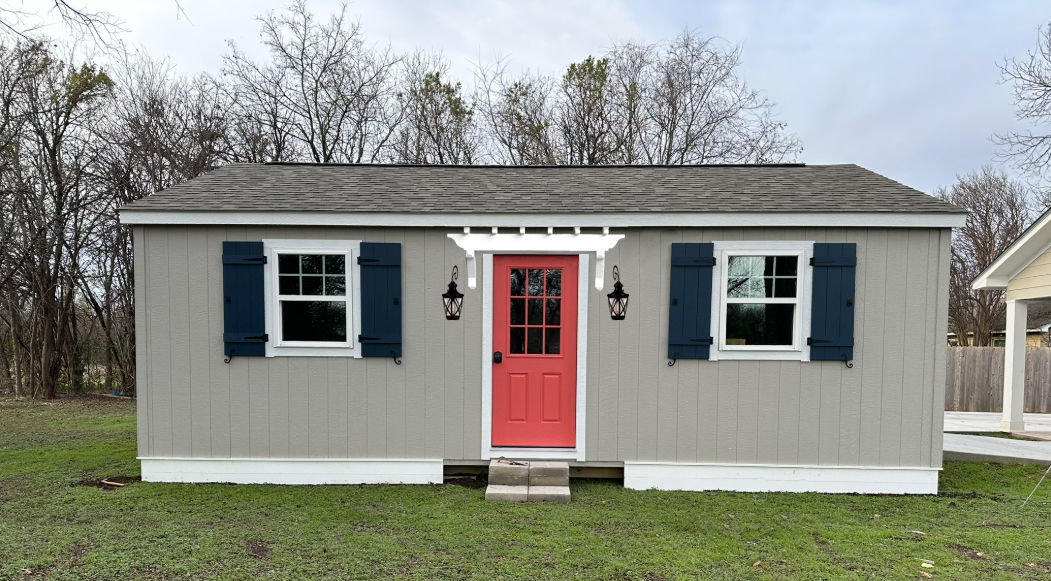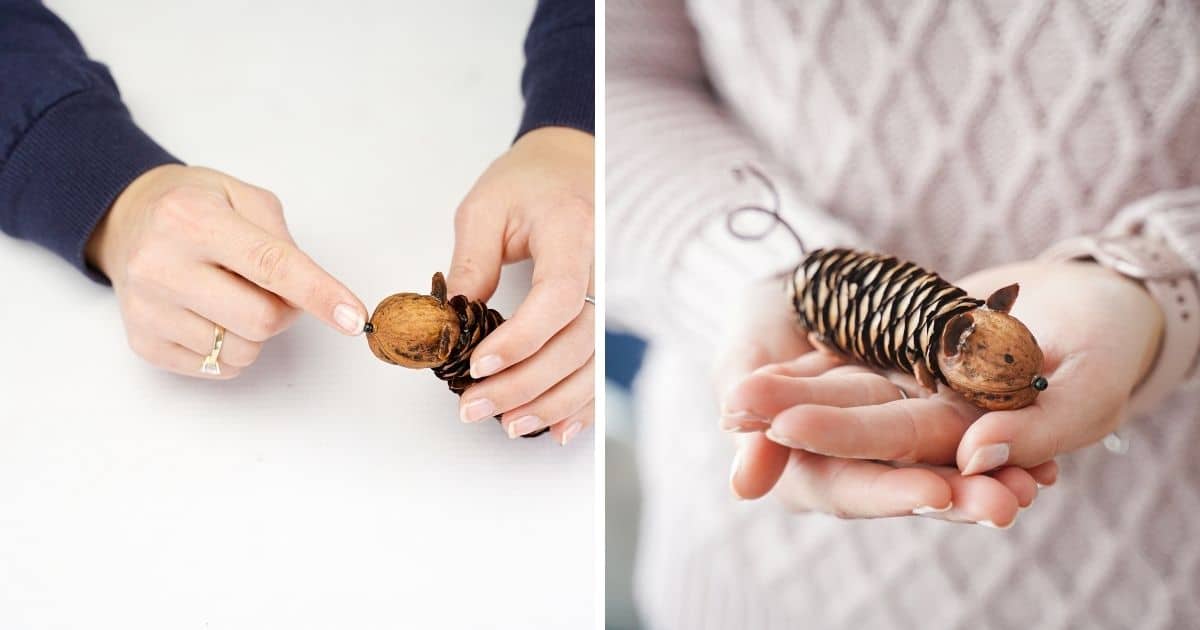Want to start growing your own cranberries? You just have to follow some simple tips.
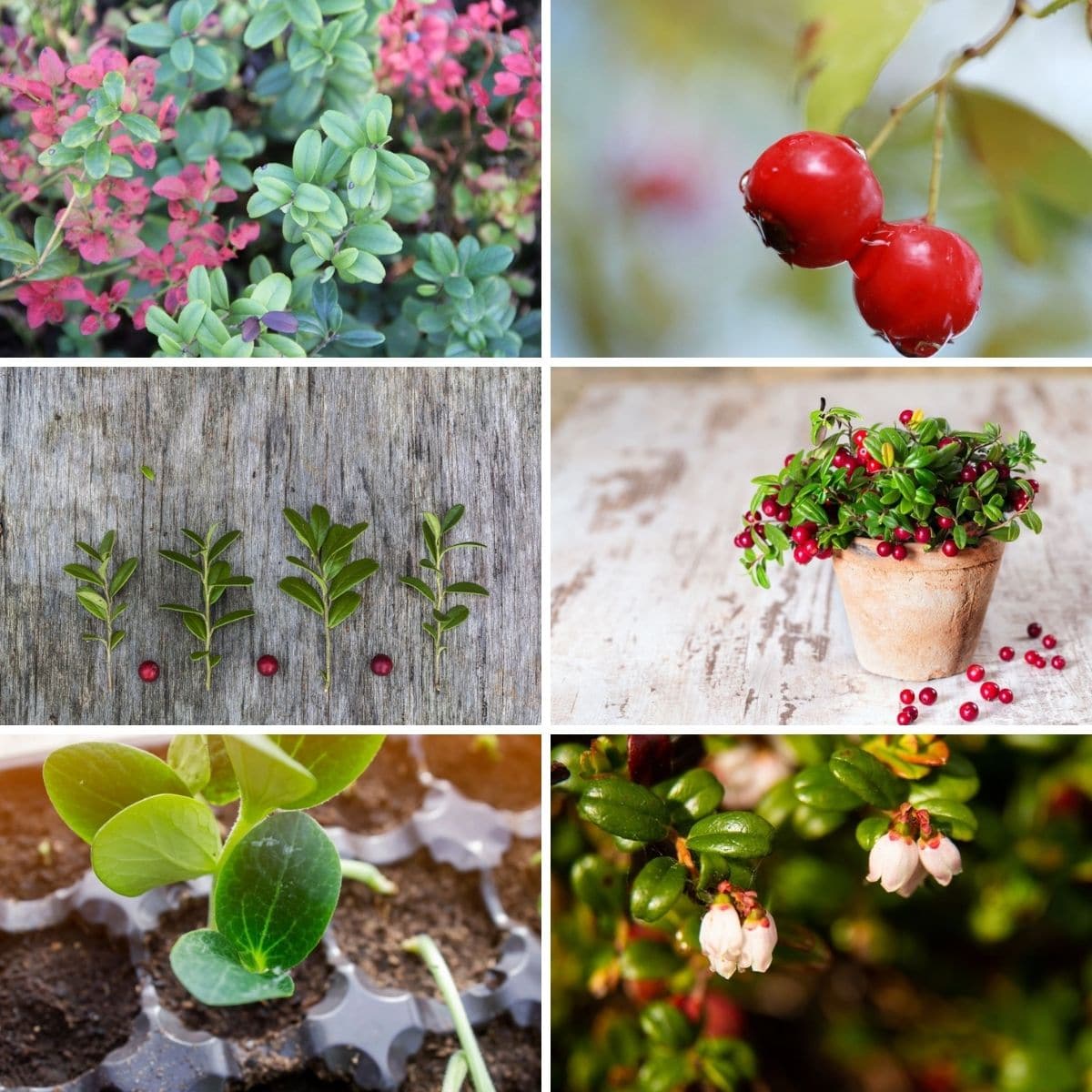
Growing cranberries can be a lot of fun in your garden. Although these fruits are normally grown in bogs, there are many modern cultivars that make it possible for any gardener to try his hand.
The fresh fruit can last a long time and will taste amazing when they are stored properly. Many beginners worry that growing cranberries will be too difficult for them and take too much time, but with a bit of hard work and knowing which tips to follow, you can easily grow as many cranberries as you would like in your own garden.
While you’re thinking about fruit to grow for your own enjoyment then why not have a look through these 30 low-maintenance fruits and veggies?
Some of the best tips to follow to start growing cranberries yourself are as follows.
1. Choose the Variety You Want to Grow
There are actually a few different varieties of cranberries that you can plant from home. The variety that you choose can often depend on what you specifically want to use the cranberries for when they are done. Some options to consider include:
- Howes cranberries: These are a small and red berry found in Massachusetts most of the time. They are really easy to grow for beginners and can stay fresh for a long time after you harvest them as long as they are stored properly.
- Stevens cranberries: This is a hybrid that has been designed to be resistant to disease and is really productive. You can recognize these for their bright red color.
- Ben Lear and Early Black: These are a deeper red color and are more difficult to grow compared to some of the other options. First-time growers may want to go with one of the other options.
2. Pick the Right Time to Plant
Cranberries like to be grown in some cooler climates so take a look at the plant hardiness zone map available from the USDA. Cranberries need to be grown somewhere between the second and fifth zone to get the most out of the harvest. There are a few different times when the gardener should grow their cranberries and these include:
The seedlings and cuttings can be planted through the whole autumn, usually sometime between October to early November. If you miss the fall, you can also plant them from April to the end of May. The three year old rooted plants that still grow actively, can sometimes be planted during the summer. You need to have these purchased in pots though to make it work.
I recommend checking out, The Complete Guide to Growing Your Own Fruit and Berries, book as a nice tutorial on timing and locations that are best for different varieties of fruits and berries.
3. Prepare the Soil
Now we need to focus a little bit more on the soil and how to get that ready. Cranberry plants will have some unique requirements to work with. They must have a soil with a lower pH level and a higher level of organic matter compared to other plants. You may need to alter the current soil in the garden to get them to make it work.
The average plot size for your cranberries will be about four feet by eight feet. If you only want to do one plant though, two foot by two foot will be plenty.
You can prepare the soil by digging out the existing soil in the necessary area to a depth of six inches to eight inches. Add some peat moss to the plot along with half a pound of bone meal and one pound of blood meal.
If you would like, adding a cup of Epsom salt and a pound of rock phosphate may work well for this. Before you plant the cranberries though, you need to make sure the soil is thoroughly wet. Mist the plot with your garden hose to get this done.
4. Plant the Cuttings
Most cranberry plants are not going to be grown straight from the seed. Rather, they are cut from either a cutting or a seedling that is several years old. Most cranberry plants will not start to give any fruit until their third or fourth year. Do not be surprised if you do a cutting and it takes a few years before you see fruit.
If you choose to plant one of the cranberry cuttings, which are often a year old, make sure to plant them directly into the prepared wet soil. If there is more than one plant in the plot, make sure that there is about a foot of space between each one so they do not overcrowd. The root ball of these plants needs to also get buried around two inches below the surface of the soil.
However, if you want to plant three-year-old seedlings, then you must make sure there are three feet of space between the plants.
5. Consider Growing in a Container
Another option that some people may prefer is to grow their cranberries in a container. Keep in mind that the cranberries will often do the best in a garden plot so they have lots of extra room to spread out the runners.
However, if you have a large enough pot, you may be able to add a cranberry plant inside. A good rule of thumb is to go with a pot that is no less than twice the size of the root ball of the plant.
When trying this method, you can fill the pot with some peat moss and then add the three-year-old seedling inside. Allow the plant to develop some runners inside the pot so it can grow, but you should trim off any that tend to go beyond that point. Fertilize the soil so the plant does better with a low-nitrogen fertilizer. This will keep the plant strong but limits how many runners are allowed to grow.
If you like growing in containers, then make sure you check out this huge list of vegetables that thrive in containers for your garden!
6. Keep Up On the Weeds
Now that the plants are all in the soil and ready to go, it is time to take care of those cranberry plants. Cranberry plants do need a little bit of extra love and care compared to some of the other plants available. But when the care is done well, you will get some tasty plants you are sure to enjoy.
Cranberry plants are not going to do well when there are a ton of weeds all around them. The weeds will often win that race so it is best if you are able to get rid of the weeds as often as possible. This is even more important during that first year. The peat moss that we discussed earlier will help inhibit the growth of most garden weeds. But check in on this often to ensure the cranberry bushes are not overwhelmed.
Here are some tips from experts on how to have a weed-free garden – and you don’t want to miss this list of weeds you can actually eat!
7. Water Them
During the first year, your new plants are going to need a lot of water to make sure the soil is kept moist. If the roots get dry at all, the plant will die out. It is a myth that the cranberry plant has to be submerged in water or saturated during growing.
You do want the soil around it to be at least damp all the time, it doesn’t need to be soaking in water to be healthy. Just like with any other type of plant, too much water can really make the root growth slow down and may make it impossible for the roots to get to the right depth that they need.
Here are some great ideas for creating a self-watering garden that may apply to growing berries!
8. Fertilize the Soil
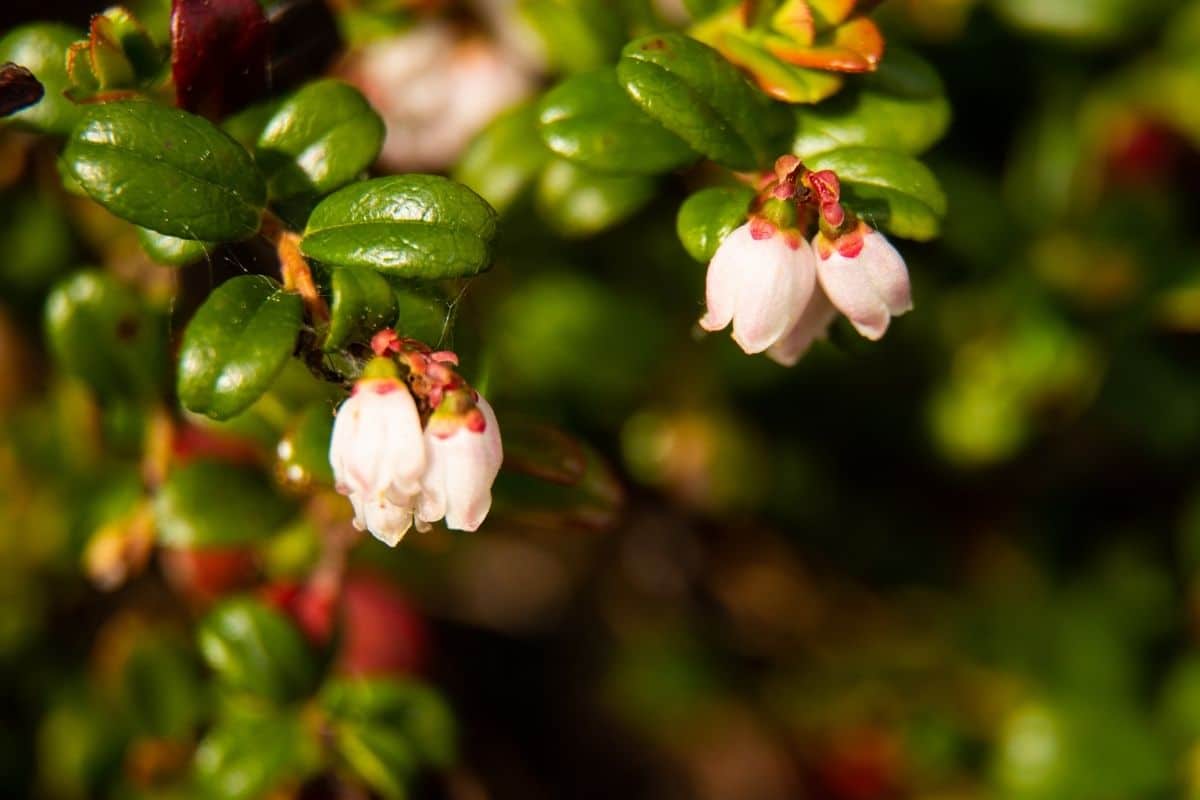
It will not take long before this plant is able to put out some runners, which are able to grow along the ground. The runners will grow until they will fill and cover the bed. If this does not happen, then it is a good idea to bring in a fertilizer that is high in nitrogen.
Only try this if you notice that the runners are struggling to grow. If you do this too much or too early, then there may be too much growth in the garden.
During the first year, you should fertilize the soil three times. Do this at the beginning of the growth, once you see flowers, and once the berries form.
To control where the runners go, consider adding a little edging around the garden.
After the first year, you will need to cut the nitrogen away from the runners. This will stop the spreading so that they start to take run and form uprights instead. You can then rely on a non-nitrogen fertilizer for that second year.
Here is a great post on how to make bone meal fertilizer. Plus, you might want to check out this list of great organic fertilizer options that might work in your berry garden.
9. Control Diseases and Pests
No matter what type of plant you are working with, there will be some issues with diseases and pests. Cranberry plants are going to be the same as all the others. There are a few steps that you can take to keep these under control and to ensure the plants will not get eaten up before you can enjoy them.
Cranberry fruit-worm is a fairly common problem with your cranberries. This is where grey moths will try to lay their eggs inside the berries and let them grow. If you start to see some grey moths near the plants, it is time to use an insecticide to kill the moths and their eggs off.
If you do not find these fruit worms in time, the eggs can potentially hatch and they will start to eat through the cranberries, when this happens, the berries will start to turn red before they ripen. Simply pick off those berries and any of the nearby fruit and then throw them out.
Some other diseases that are common with cranberries include red spot, which is when bright right spots start to show up on the leaves of the plant, and berry fruit rot. The treatment for this is to spray the plant with an organic, copper-based fungicide between June and August.
Here are some insecticides for keeping your garden bug-free that are easy to make on your own at home!
10. Prune the Runners
The final thing that you should consider doing when growing your cranberry plants is to prune the runners from the third year of growth. You should repeat this every year that you plan to have the cranberries. This is going to make sure that you can control the runners while also encouraging more of the uprights to happen.
This is a simple process to do. You can start by combing the cranberry plot using a landscape rake if you have it. The goal is to get all of the runners to go in the same direction. This can make it easier to find the runners that are the longest so you can cut them back a bit. You should not try to prune the uprights that are already in place or it can ruin the plant.
As time goes on, the plants may try to go beyond the bounds that you set up for the original plot. If this is something that happens and you want to keep them in the plot, you just need to prune each of the plants back a bit in the spring so there are only about two inches of the growth above the soil line.
The plant will not produce any fruit during that year if you do that, but the production will come back in the following year and you can regain some control over the area.
Growing Cranberry Plants
Many beginner gardeners assume that it is too hard to grow the cranberry plants and they walk away before even giving it a try. While these plants do take a few years before you get any kind of berry to enjoy, they do not require a ton of extra work compared to some of the other plants that you may favor.
If you want to start growing cranberries in your backyard, just take a look at the simple steps above and you are set to go! follow some of the 10 tips for growing cranberries above. You’ll have a sauce-worthy harvest in no time! And you can find out how to store your produce with our tips here.
If you’ve caught the fruit-growing bug, why not think about what other jams and jellies you can make from your own home-grown fruit?

